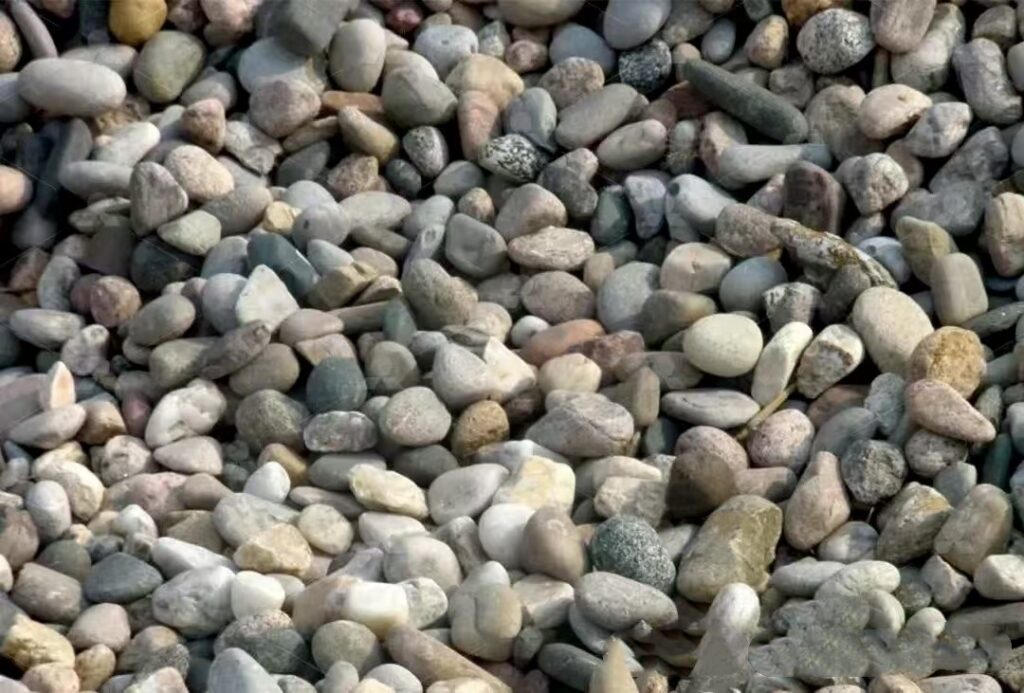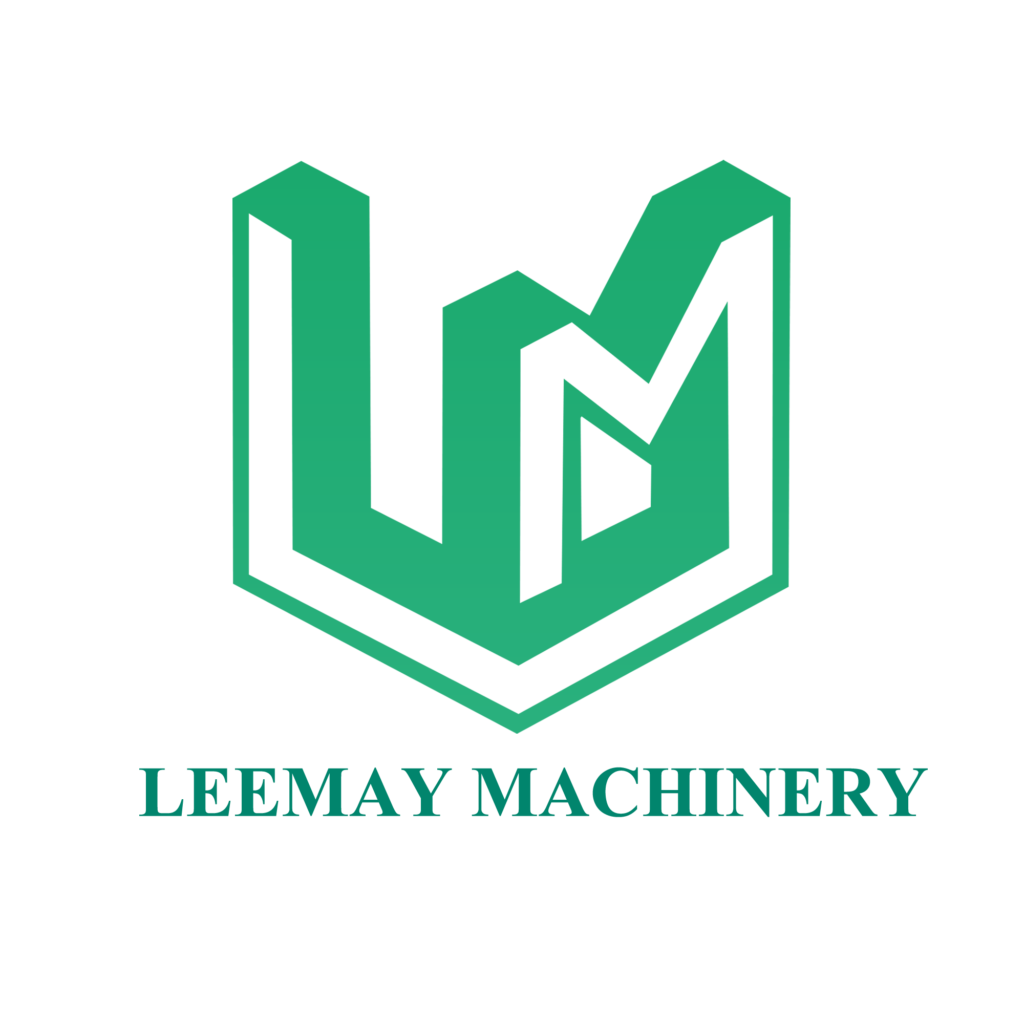When it comes to river pebbles—a material known for its high hardness and strong abrasiveness—the choice of core crushing equipment directly determines the success or failure of a project. Here, we share some key insights into selecting the right machines for river pebble processing.

1. Primary Crushing: The Reliable “Pioneer”
Primary crushing is the first stage of the production line. Its task is to handle raw materials of varying sizes and provide stable, evenly sized feed for secondary crushing equipment.
Best Choice: Jaw Crusher
For river pebble processing, the jaw crusher is the go-to machine due to its simple structure, reliable performance, and strong adaptability.
Key selection points:
- Cavity design: Choose a deep V-shaped cavity. This design not only improves capacity but also prevents stones from bouncing inside the chamber, reducing jaw plate wear and ensuring uniform discharge size.
- Jaw plate material: High-strength manganese steel or composite alloys are essential to withstand river pebble abrasiveness and reduce long-term operating costs.
- Main shaft and bearings: Opt for a heavy-duty eccentric shaft and large rolling bearings to ensure stability and durability under high-stress crushing conditions.
- Avoid pitfalls: Do not compromise by using small or lightweight jaw crushers to handle river pebbles. This often leads to frequent overloads and costly downtime.
2. Secondary & Fine Crushing: The True “Workhorse”
This stage involves the most technical complexity and investment. A wrong choice here can lead to endless operational issues.
Best Choice: Cone Crusher
Cone crushers use the lamination crushing principle (particle-to-particle compression and grinding), making them ideal for processing hard and abrasive materials like river pebbles. They excel in efficiency, particle shape control, and wear resistance—far superior to impact crushers.
Key selection points:
- Lubrication system: Ensure the machine is equipped with a dual-pump, dual-circuit intelligent lubrication system. This guarantees stable lubrication and cooling under high temperatures generated during hard rock crushing.
- Material: The mantle and concave must be made of high manganese steel, ultra-high manganese steel, or alloy inlays to resist severe abrasion.
- Service life: Always ask the manufacturer for the expected service life of wear parts under river pebble conditions—measured in hours or tons.
- Ease of replacement: A good design should allow quick replacement of wear parts, minimizing downtime.
Cone Crusher Options:
- Multi-cylinder Hydraulic Cone Crusher (HP): Strongly recommended. It offers high crushing force, large capacity, excellent particle shape, and advanced automation. The hydraulic system allows discharge adjustment and cavity clearing, with automatic overload release for tramp iron protection.
- Single-cylinder Hydraulic Cone Crusher (HST): Simpler structure and lower cost, but less responsive in adjustment and overload protection. Suitable for medium-scale projects with tighter budgets.
- Spring Cone Crusher (Symons): Reliable but outdated. With low automation and inconvenient adjustments, it is gradually being replaced by hydraulic models.
Avoid pitfalls: Do not use impact crushers for river pebble secondary crushing. Their blow bars and impact plates wear out extremely fast, leading to uncontrollable operating costs.
3. Sand Making & Shaping: The “Craftsman” Stage
Best Choice: Vertical Shaft Impact Crusher (VSI Sand Maker)
This machine integrates crushing and shaping functions, essential for producing high-quality manufactured sand.
Key selection points:
- Impeller structure: A high-quality impeller should be dynamically balanced for smooth operation. Protective and flow plates should adopt modular designs, allowing partial replacements instead of full assemblies—greatly reducing maintenance costs.
- Feeding mode: Choose models that support “central feeding with cascade feeding.” Pure cascade feeding leads to uneven wear and is not recommended for river pebble processing.
- Crushing principle:
- Rock-on-Rock: Material collides against itself inside the chamber. Advantages: lowest wear cost, ideal for abrasive river pebbles, produces round particles.
- Rock-on-Iron: Material impacts metal anvils. Advantages: higher efficiency, but higher wear costs.
- Best option: Choose machines that can switch between “Rock-on-Rock” and “Rock-on-Iron” modes, allowing flexibility based on market demand and wear part availability.
Conclusion: Build Your “Golden Equipment” List
When selecting river pebble processing equipment, avoid relying solely on price or capacity. Instead, adopt a professional perspective focusing on wear resistance and full lifecycle cost control.
- Primary crushing: Choose deep V-type, heavy-duty jaw crushers.
- Secondary & fine crushing: Opt for advanced multi-cylinder hydraulic cone crushers, with strong emphasis on wear part technology and lubrication systems.
- Sand making: Prioritize VSI crushers with Rock-on-Rock mode, convertible options, and optimized wear part design.
If you are considering equipment selection for your project, feel free to contact Leemay Machinery for a complete production line solution and customized quotation.

Leave a Reply